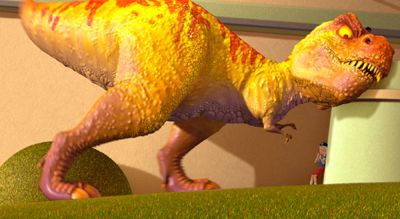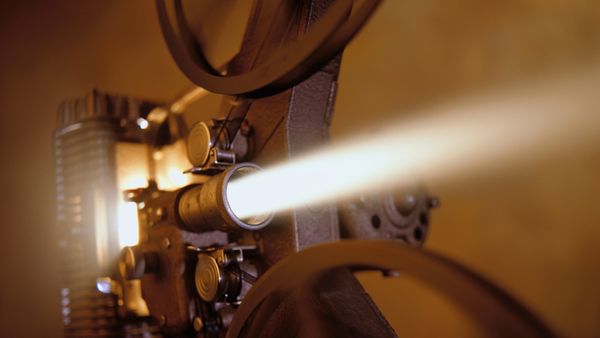
The typical American household is loaded with digital technology. A well-equipped house might have:
- A DVD player
- Several CD players
- A CD burner
- A personal computer
- A digital camera
- A digital camcorder
- A video game console
- A computer scanner
- A digital cell phone
- A digital television
- A digital satellite system
- A digital video recorder
Clearly, digital technology has already taken over much of the home entertainment market. It seems strange, then, that the vast majority of theatrical motion pictures are shot and distributed on celluloid film, just like they were more than a century ago. Of course, the technology has improved over the years, but it's still based on the same basic principles. The reason is simple: Up until recently, nothing could come close to the image quality of projected film.
Advertisement
But things are starting to change. George Lucas kicked off the digital cinema charge in May of 2002 with "Star Wars: Episode II, the Attack of the Clones," the first big budget live action movie shot entirely on digital video. Most theaters played 35-mm film transfers of the movie, but some played it on digital movie projectors. Film never entered the picture. With more and more filmmakers embracing the new technology, including big names like Steven Soderbergh and Robert Rodriguez, digital cinema is well on its way.
In this article, we'll find out what digital cinema is all about, and we'll see what it means to the film industry. As it turns out, the rise of digital cinema will have a pretty big effect on the world.

